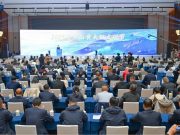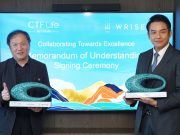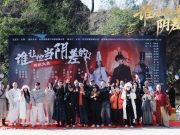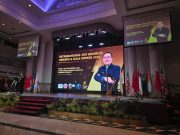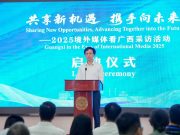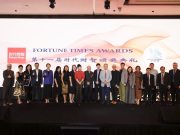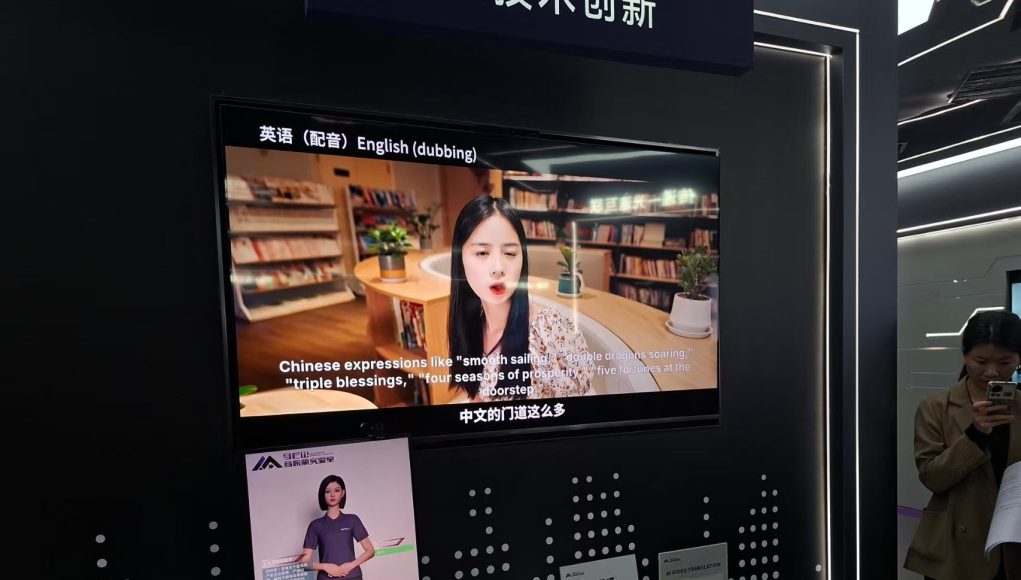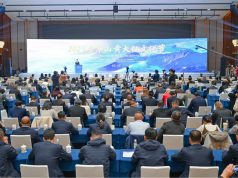(SINGAPORE 2025.10.30) From crafting underglaze painted ceramics over a thousand years ago, to driving innovations enriching audiovisual experience and developing intelligent service robots, a spirit of industrious creativity is apparently embedded in Changsha’s DNA.
Though not a household name in global creativity, now Changsha, capital of Hunan province, is a star in China’s cultural scene—especially in media, entertainment, digital tech, and design. Its outsized influence on pop culture and growing creative economy make it a city to watch for artistic innovation.
“While we may not claim to be the world’s top audiovisual enhancer, our technology clearly stands out in one area – we could accurately clone the mood and tone of video drama characters during language translation,” said Hu Guang, a top executive of the Malan Shan Audiovisual Lab.
“At least in that respect we are the best in China,” added Mar Hu.
The Malanshan Audio Visual Lab is a government-supported innovation center focused chiefly on improving the quality of post-production audio and visual content across film, television, animation, and gaming. It aspires to be a top-tier national hub for such technological advancement.
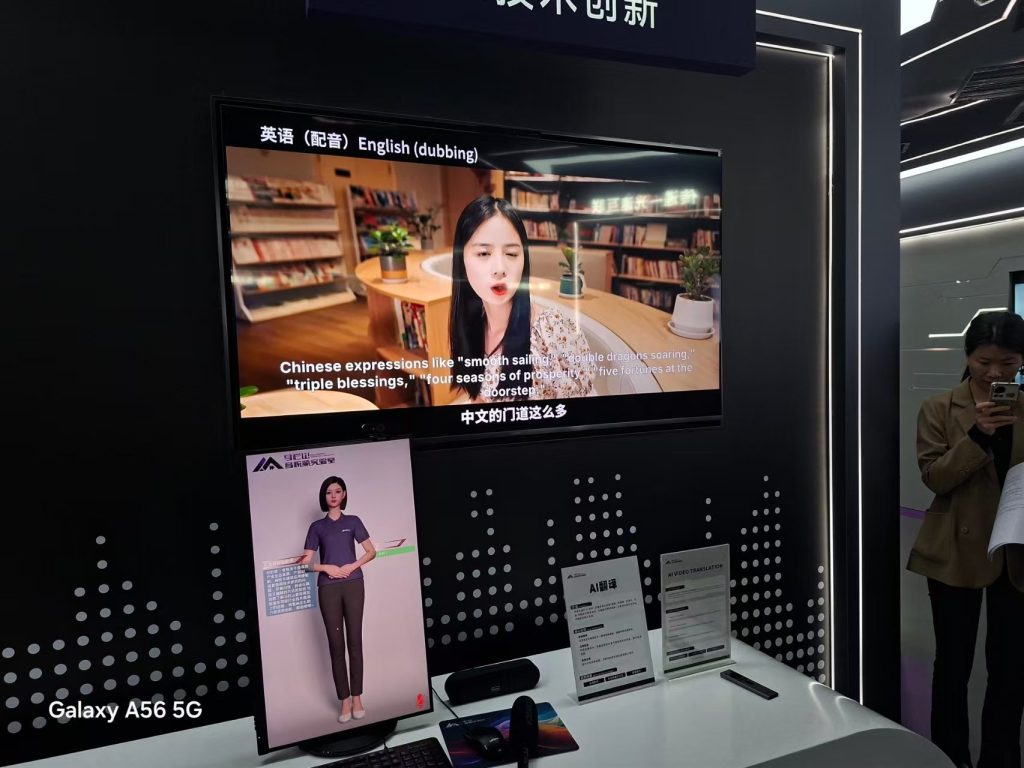
Besides dramatically enhancing immersive experience, the lab can also leverage AI to create content that would be impossible to achieve in the real world — such as highly realistic depictions of 20th century historical figures, complete with convincingly authentic appearances and other traits.
Since its establishment last year, the lab has quickly gained significant recognition in its profession across China. It has already developed 10 concrete products and is currently involved in 28 ongoing projects.
“We decided to set up shop in Changsha because it is the epicenter of audiovisual creativity in China. The city is home to many top production firms, including China’s most popular — Hunan Television and the online streaming Mango TV,” Mr. Hu pointed out. “We are in high demand here.”
In a live demonstration, the lab proves the mood-and-tone claim. Currently, the system supports translation for a considerable number of languages, though primarily the major ones.
Malanshan is also deeply faithful to Chinese culture. Its AI tools designed for the Chinese language—such as those for automatic subtitling, voice cloning, and content moderation—are built with especially deep training incorporating nuanced and rich understanding of the Chinese cultural context, including humor, idioms, and social norms.
A promotion executive told Fortune Times: “We once encountered a case where a term referring to a Yu family was mistranslated as ‘yoga’ by a non-Malanshan tool. Ours caught the error right away and re-translated it accurately.”
To date more than 2,000 micro-dramas have been translated and dubbed by Malanshan, amounting to over 200,000 minutes of content and garnering more than 5 billion views.
A 120-minute micro-drama that would take human translators 1 to 2 weeks to subtitle can now be processed in just 3 to 4 hours by our company, according to Gan Weihao, head of the Media Application Enablement Department at Malanshan.
Established in 2016, Chaoneng Robot is a pioneering company located in Changsha specializing in artificial intelligence and robotics. It is dedicated to advancing wellness solutions through the integration of “AI + Health Management.”
Its exhibition hall presents an all-encompassing vision for intelligent health services tailored to all age groups, from infancy to above 80.
Among Chaoneng’s innovations are so-called “morning inspection” robots, which are now widely deployed in China’s kindergartens to swiftly conduct 12 health checks on the kids – all within just three seconds. Specialized robots are available too for older children.
There are also robots designed specifically for the elderly offering a comprehensive suite of services, including chronic disease management, emergency alert capabilities, and interactive emotional support.
Xiao Xiangjiang, the founder of the company said with pride: “We have just deployed our first humanoid robots this year, which are capable of caring for bedridden patients.”
These robots could greatly enhance the quality of life for people confined to bed by providing a variety of supportive and assistive functions, including massaging and conducting vital signs check.
“It’s my hope that before long we’ll be exporting our healthcare robots—machines that are already so widely used here in China,” Mr. Xiao said cheerfully.Besides manufacturing robots for malls, hotels, hospitals, and other public spaces to serve general service functions such as manning receptions, Chaoneng has also developed robots for intelligent security patrol.
These robots are equipped with cutting-edge features that enable AI-powered surveillance, facial recognition, self-directed patrols, and instant alerts upon encountering suspicious behavior. They could also use a firm grip to subdue an individual posing dangers or hurl nets to immobilize him.
Mr. Xiang recounted: “We only entered the security field seven years ago, when we realized there was a demand for security patrol. Before that, we were solely focused on the medical sector.”
The Tongguan kiln, located about 30 km from downtown Changsha, reached its peak activity during the mid-to-late Tang Dynasty, especially between the 8th and 9th centuries. The kiln made significant contributions to the advancement of Chinese ceramic art, particularly through innovations in underglaze painting.
The technique involved painting directly onto the clay body prior to glazing and firing it. This approach was revolutionary for its time.
Though inland and not a port city, Changsha was well-suited for ceramic production, with its ample raw materials, skilled artisans, and advanced techniques. Its transportation challenges were offset by convenient river routes to coastal areas.
The Changsha ceramics primarily went to Southeast Asia, the Middle East, Africa, Japan, and Korea, where they were in high demand. A substantial quantity of Changsha ceramics—such as underglaze-painted pots, bowls, and ewers—was uncovered among the wreckage of a ship when it was discovered in 1998.
From ceramics to AI, an invisible thread weaves them together, revealing the creativity, industrious spirit, and enterprising DNA that defines Changsha.






